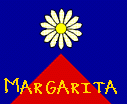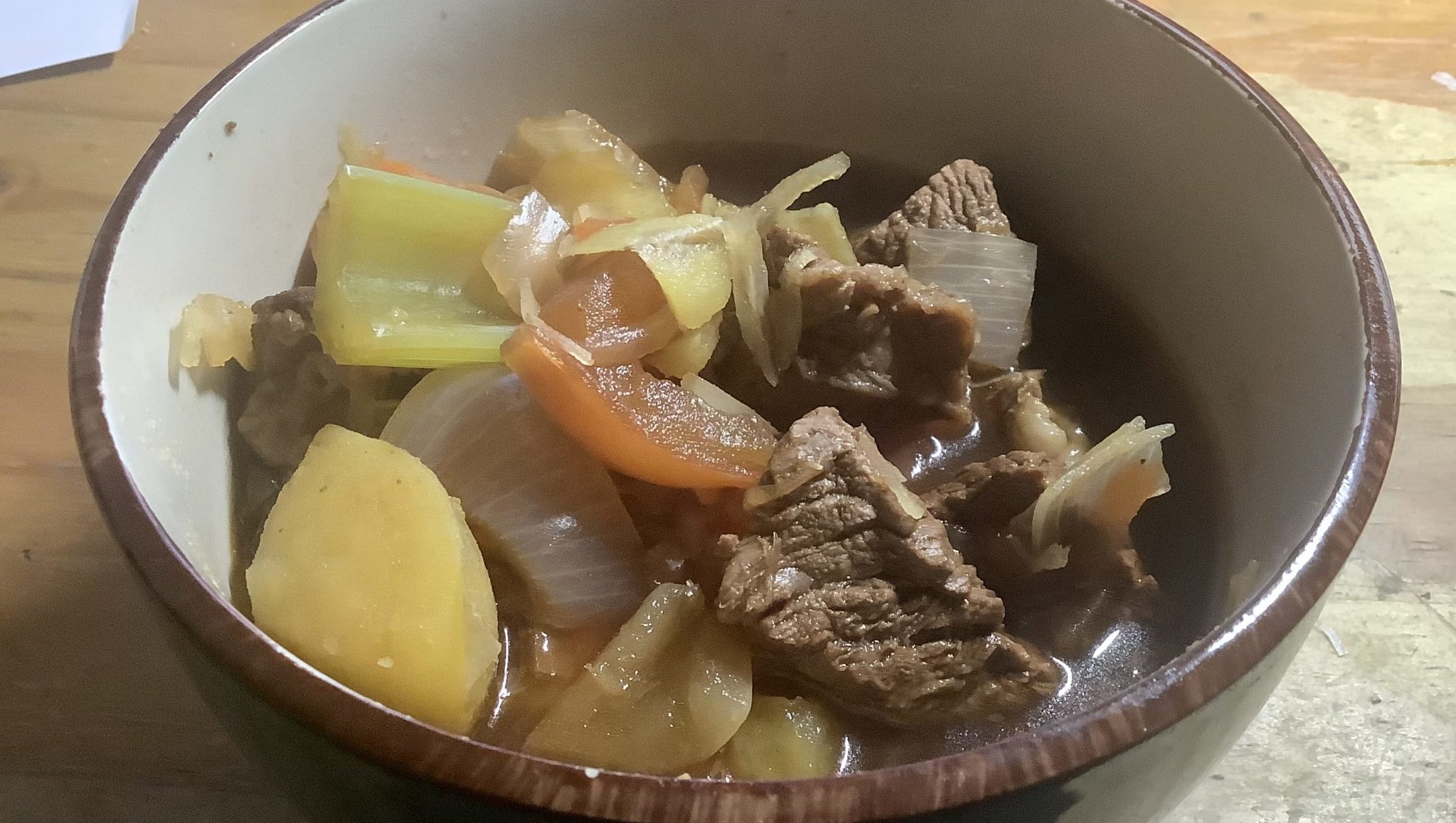Other Cuisines
Marga's Food

marga@lacabe.com
|
The city of Shanghai became a major international trading port in the 19th century, attracting merchants and immigrants from many parts of the world. Many went on to set up restaurants showcasing the cuisines of their home countries, with French, British, Italian and Russian restaurants becoming particular popular among both expats and Shanghai citizens. Together, they created what became known as Haipai (foreigner) cuisine. Just as Chinese food evolved in America to suit local ingredients and preferences, the same happened in Shanghai, with Haipai cuisine becoming a fusion cuisine of sorts. After the communists took over Shanghai, most restaurants closed and those that remained had to further adapt and even those who were left, closed down during the cultural revolution. While some re-opened as China itself did, tastes had changed and there was a distinct preference for restaurant serving modern foreign food. Haipai recipes, however, remain in memory.
For my quick sojourn into Haipai cuisine, this is the recipe I made:
Luosong Soup

Luosong Soup is a Chinese adaptation of Russian borscht - though you might not recognize it as such. Still, save for the wine, it could be featured at any European table. Even though I'm not a fan of soup, this one was surprisingly tasty. It certainly made for a good winter meal.
PRINT PDF
Luosong Soup
Ingredients
- 1 lb beef chuck, cubed
- 3 qt beef stock or water
- 1/4 cup Shaoxing wine
- 2 Tbsp tomato paste
- 1 carrot, cut into 3/4" slices
- 1 tomato, cut into 3/4" pieces
- 1/2 onion, cut into 3/4" slices
- 4 oz shredded cabbage
- 1 potato, cut into 3/4" cubes
- 2 tsp salt
- 1/2 tsp ground white pepper
Directions
Bring a large pot of water to boil and add beef. Cook over medium-low heat for 15 minutes, removing the scum from the top of the pot as it forms. Drain.
Return beef to the pot and cover with beef stock or water and wine. Bring liquid to a boil over medium-high heat, then turn heat down to low and simmer for about an hour, or until the beef is tender. Add the tomato paste and carrots, and continue simmering for 10 minutes. Add the tomato, onion, cabbage and potato. Add salt and pepper and simmer for 10 more minutes or until the vegetables are cooked through. Taste and adjust seasoning.
|
Adapted from a recipe at Red Cook
Chinese cuisines I've explored so far: Cantonese, Chengdu, Chinese Muslim, Dai, Fujian, Ghizhou, Haipai, Hakka, Hangzhou, Hongkonese, Huaiyang,
Hunan,
Imperial China, Indo-Chinese, Jiangsu, Jiangxi
Do you have a comment on this cuisine? Please make it here
|